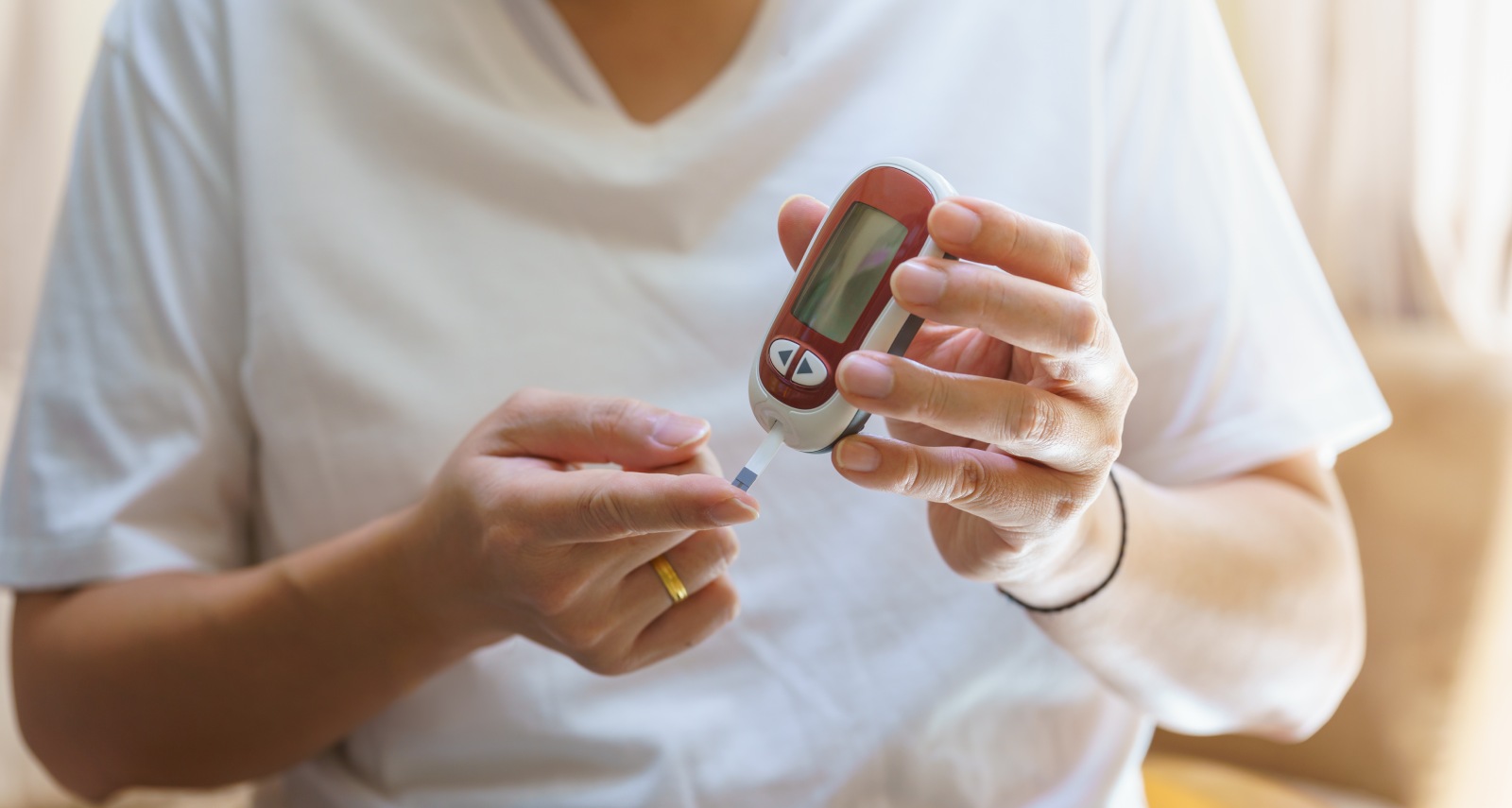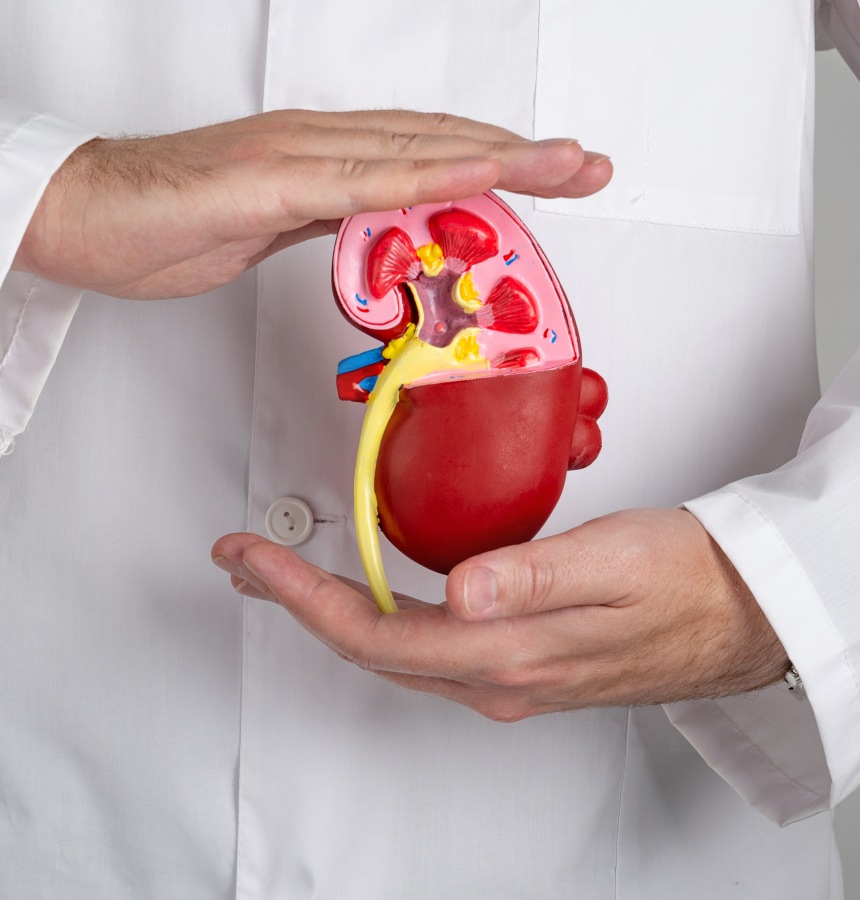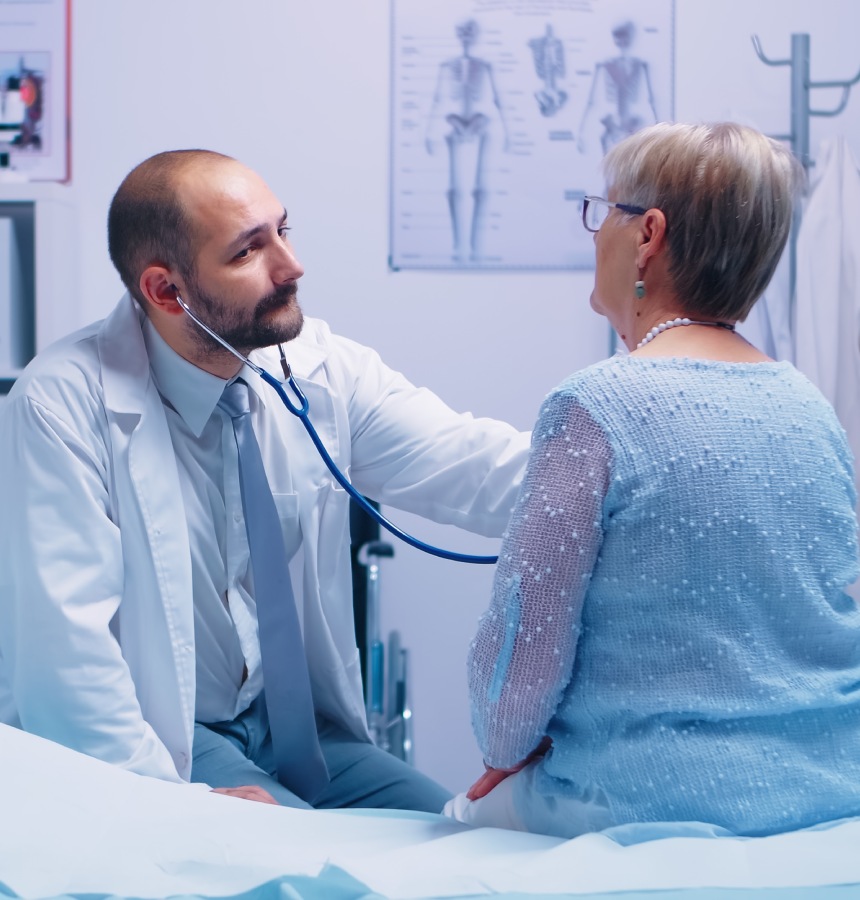Diabetes is a chronic condition where the blood glucose levels are high. Usually patients present with:
- Often feeling very thirsty
- Passing water frequently, particularly at night
- Lethargy
- Reduction of weight and reduction of muscle bulk
- Itching around the genital regions, or frequent thrush
- Delayed wound healing
- Blurred vision
Any of these symptoms warrant a routine glucose test.
A fasting plasma glucose greater or equal to 7.0mmol/L or a random plasma glucose of greater or equal to 11.1 mmol/L is diagnostic of Diabetes.
But there are two types that require very different approaches in management.
Type 1 Diabetes – The immune system attacks the pancreatic cells that produce insulin or the Insulin itself. Type 1 diabetes can develop quickly over weeks or even days. It is always treated with replacement Insulin. Often patients are normal weight are present in younger age group to Type 2.
Type 2 Diabetes – The pancreas does not produce enough insulin, or the the body does not react to insulin. Often people are overweight. Many have had type 2 for years without realising because the early symptoms tend to be vague and non-specific. Many patients do not need Insulin treatment and can be treated with oral hypoglycaemics and diet and lifestyle changes.
Type 2 diabetes is far more common than type 1. In the UK, only about 10% of all adults with diabetes have type 1.
However, distinguishing between the two is not always straightforward. Adults who develop diabetes will often be diagnosed with type 2 but the mean age of Type 1 is 40 with a mean BMI of 25.3 (just above the upper limit of normal). Therefore, many adult patients are diagnosed with type 2 when in fact they may actually have early and more slowly evolving Type 1 with no immediate need for Insulin. It is essential to diagnose the difference as Type 1 may soon progress rapidly and need Insulin replacement.
Investigation to distinguish between Type 1 and Type 2:
Patients who present with high blood sugars who are under 40 and have a normal or lower BMI, or patients whom the type of diabetes is not clear require testing for diabetes specific autoantibodies. There are three main types:
- anti-glutamic acid decarboxylase (anti-GAD) – First line and most common.
- islet cell cytoplasmic autoantibodies (ICA)
- insulin autoantibodies (IAA).
After diagnosis of Type 1 early follow up with a GP with a specialist interest in Diabetes or a Hospital specialist in Diabetes/Endocrinology for Insulin treatment will be necessary. Education on home glucose monitoring and urine ketone testing needs to be given very soon after diagnosis.
Most patients can be well managed in primary care however any loss of glucose control or deterioration requires referral to specialist.



